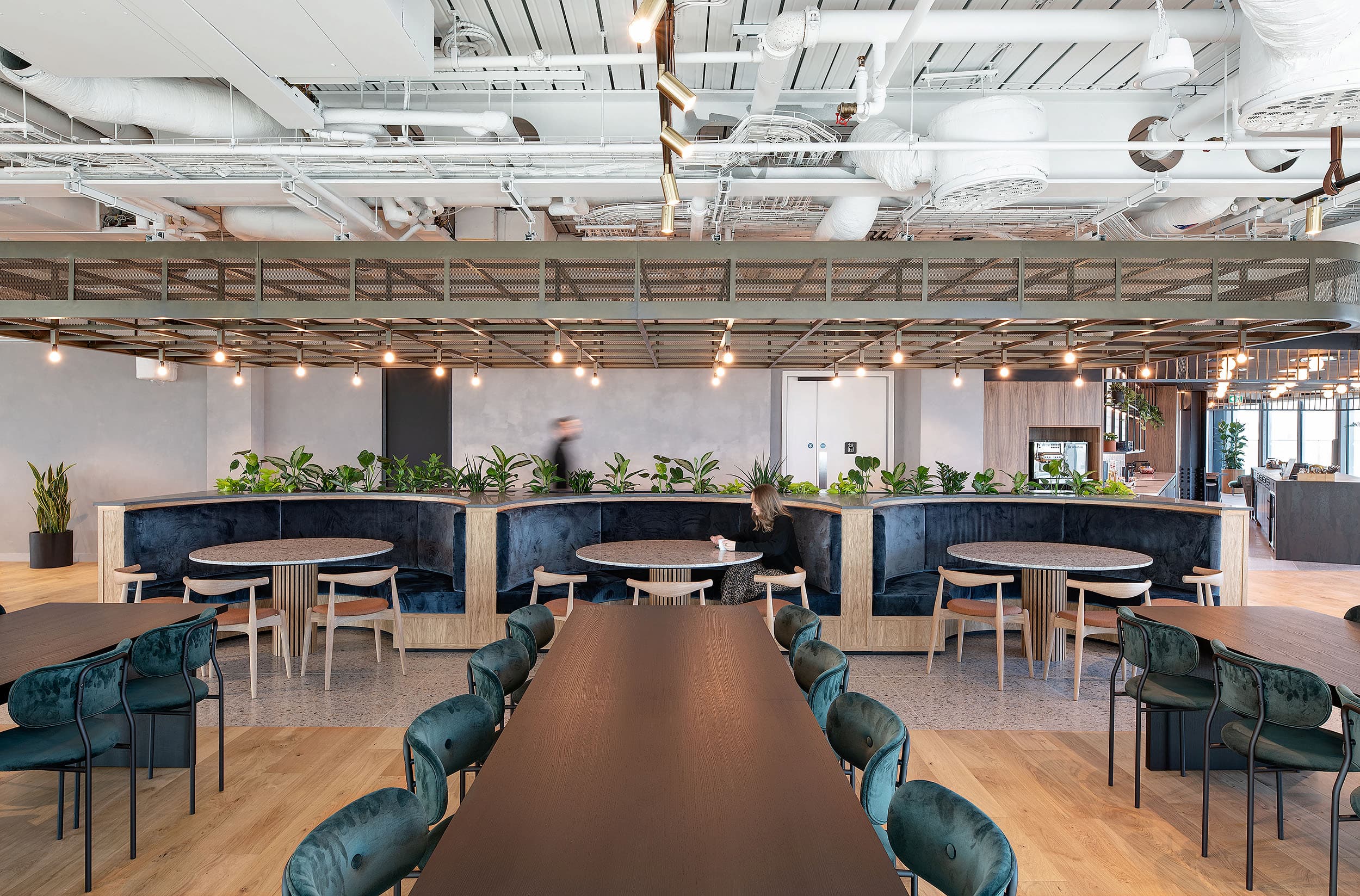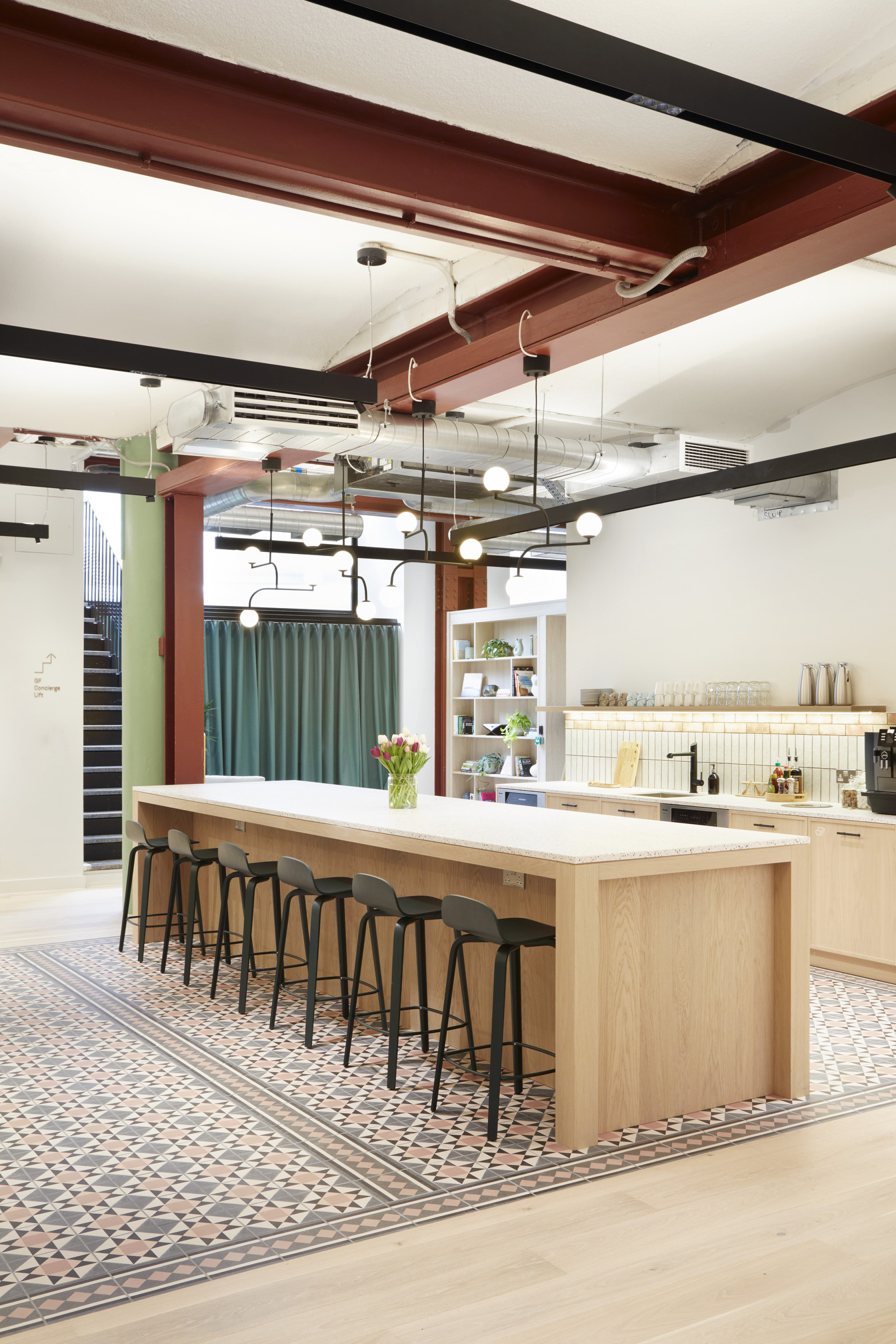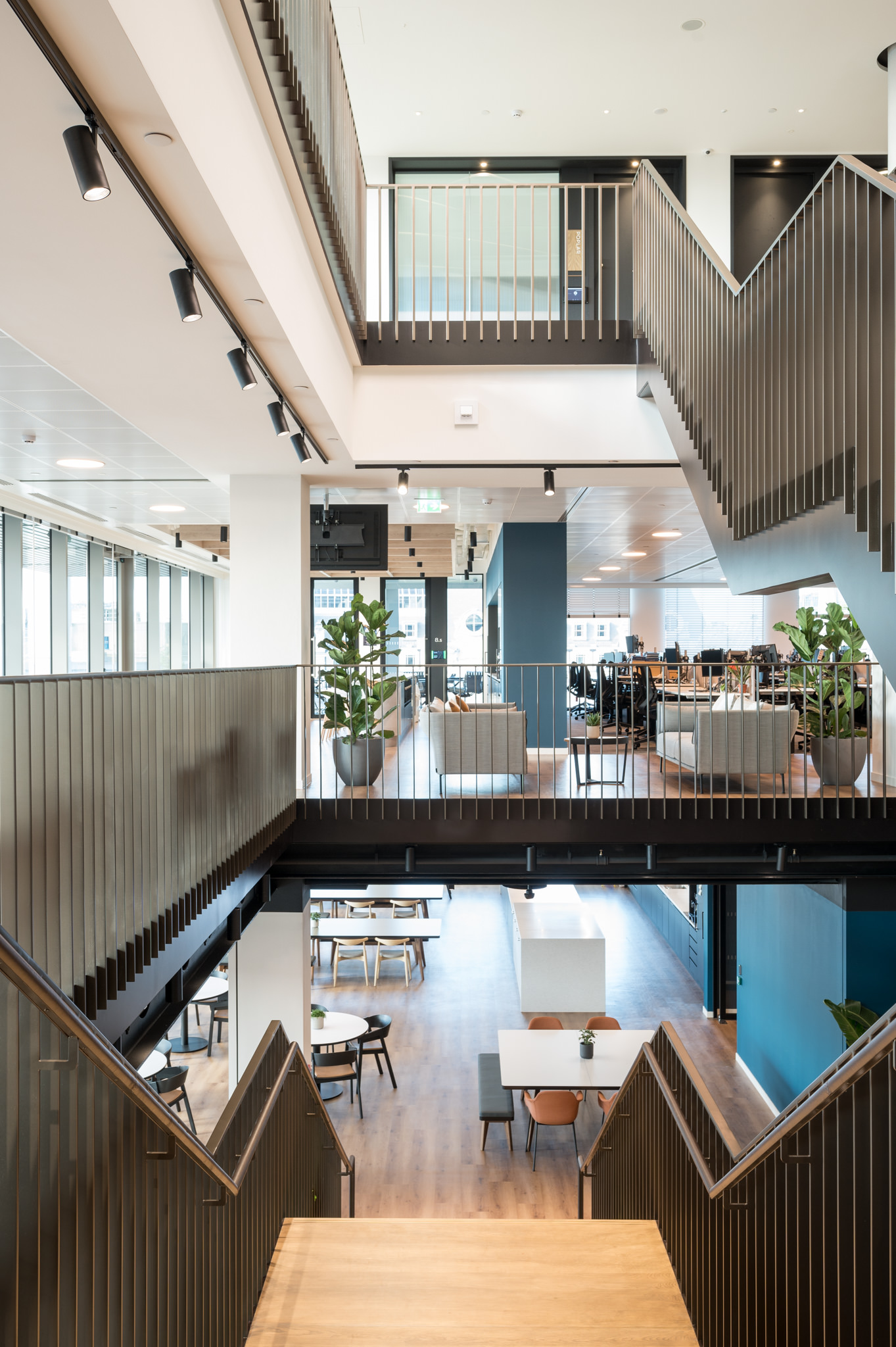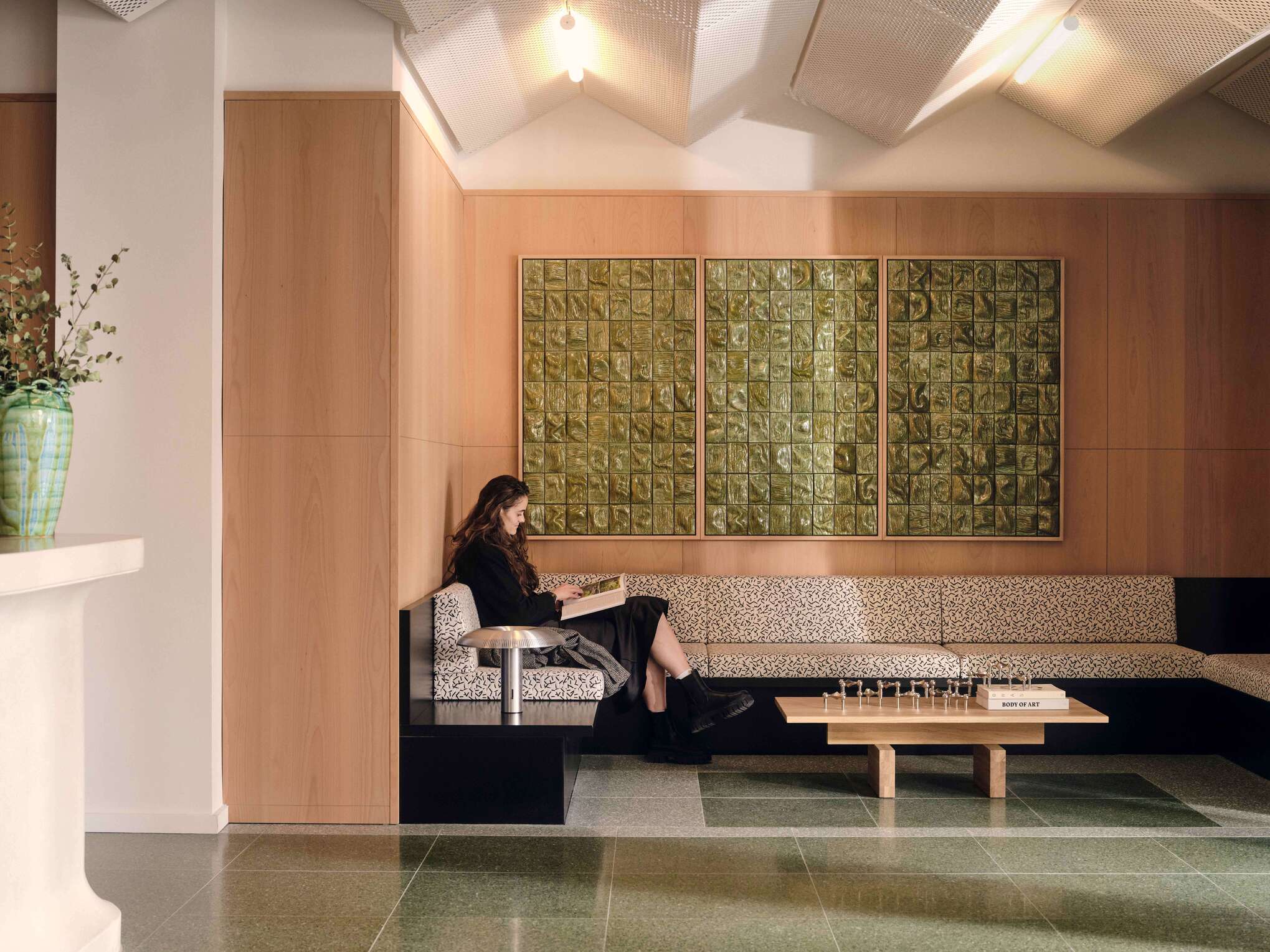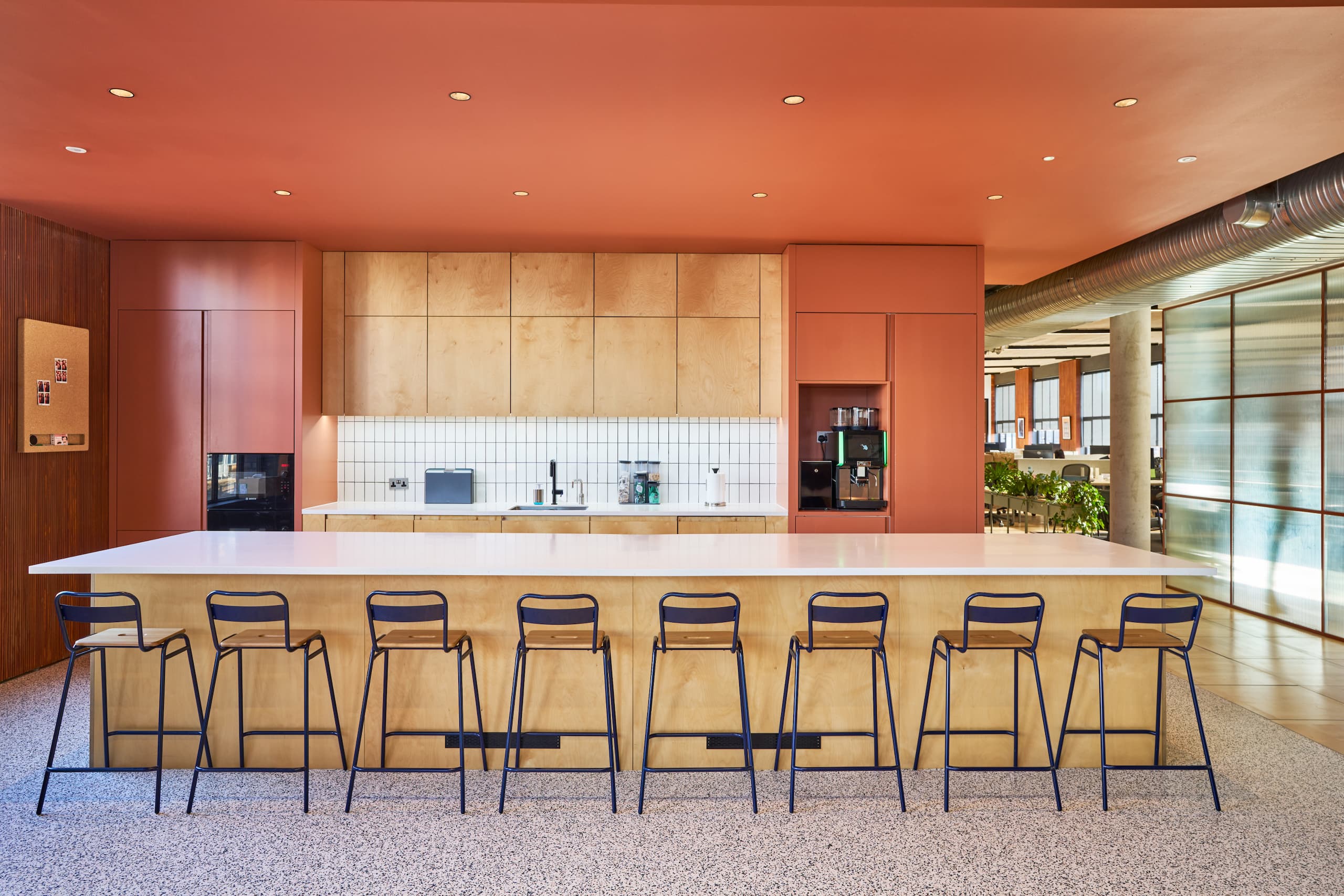Diversifying Your Property Portfolio with Tenant-Ready™ Spaces
The UK office market is under pressure to evolve. Long-term structural shifts in how people work, rising costs of occupancy, and the urgent need to meet national net zero targets are all contributing to a re-evaluation of what commercial space needs to deliver, and for whom. In this context, Tenant-Ready™ spaces are no longer a tactical lease-up solution. They’re becoming a core pillar of how landlords diversify their property portfolio, improve asset performance, and stay relevant in a marketplace defined by agility and sustainability.
Also referred to as Cat A+, Tenant-Ready™ offices are fully-fitted, fully-serviced spaces that can be occupied immediately by tenants. Delivered by the landlord to a high-quality specification, they often include floor finishes, meeting rooms, kitchens, lighting, data infrastructure and furniture. Their appeal to tenants is clear, but the strategic case for landlords goes deeper. Tenant-Ready™ unlocks faster occupancy, portfolio flexibility, ESG delivery, and competitive differentiation across regions.
Meeting National Demand for Grade A, Hybrid-Ready Space
Tenant expectations have shifted dramatically post-COVID, with a clear move away from space for space’s sake and towards quality over quantity. Businesses are now making more deliberate choices about the environments they commit to. Data from JLL and Savills confirms that Grade A office space continues to outperform lower-quality stock, with increasing demand in cities like Birmingham, Glasgow, Bristol, Manchester and Leeds, many of which are experiencing shortfalls in supply.
However, high-spec new builds are expensive, time-consuming, and resource-heavy. Retrofitting to Grade A standard via Tenant-Ready™ schemes offers landlords a faster and more cost-effective alternative, particularly when repositioning older stock that still holds value in its location and structure. Delivering a Cat A+ product also opens the door to smaller and mid-sized occupiers who want high-quality space but don’t have the CapEx or timescales to take on their own fit out.
These occupiers, often SMEs, regionally based professional firms, digital agencies, and consultancies, make up a large and under-served segment of the market. They are often excluded from new-build Grade A opportunities, either due to size constraints or delivery lag. Tenant-Ready™ allows landlords to meet this demand with immediacy, while preserving the option to flex or adjust depending on asset strategy.
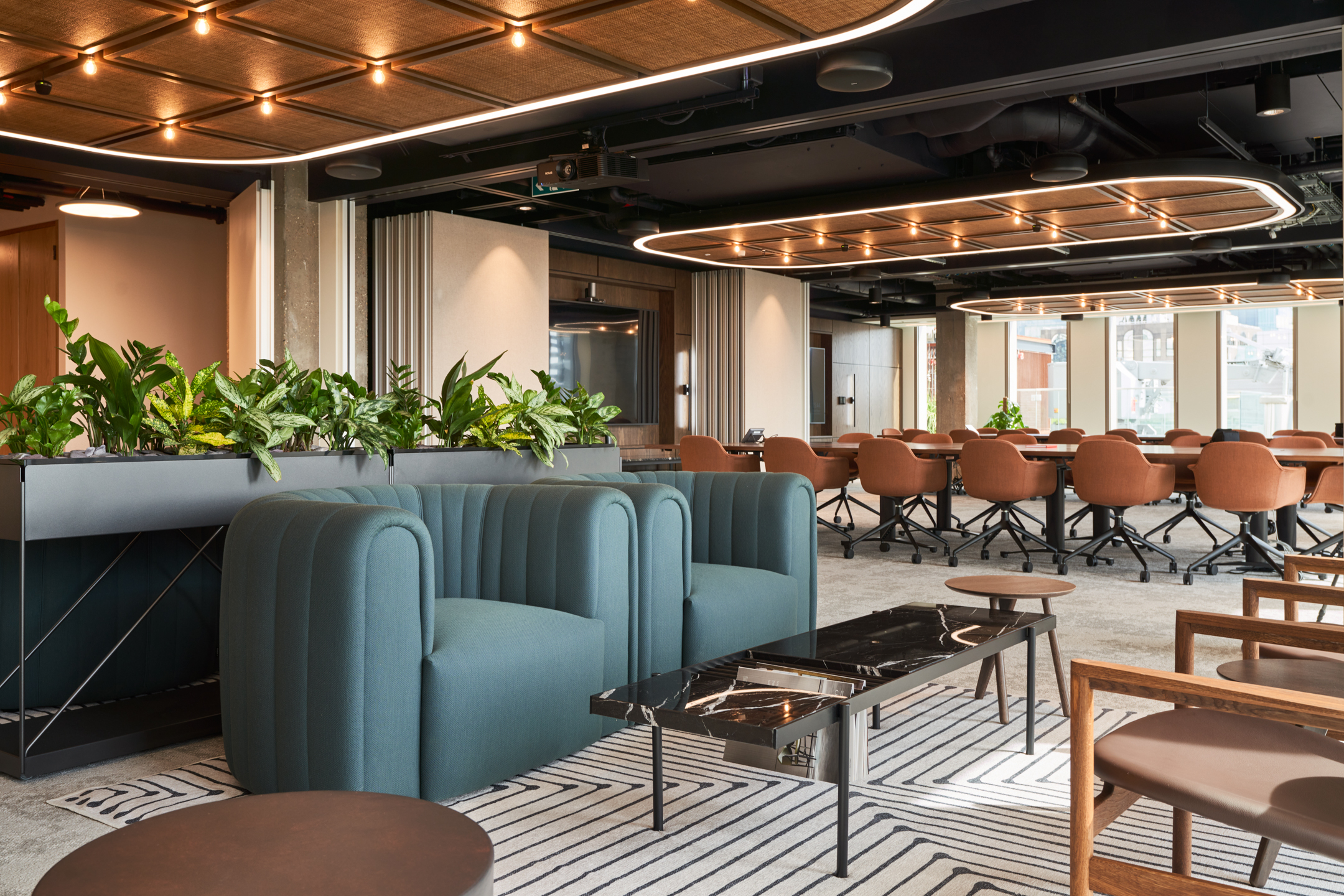
Reducing Void Periods and Improving Revenue Continuity
One of the most significant strategic advantages of Tenant-Ready™ space is the reduction in voids and lease negotiation times. Traditional Cat A space, while cost-effective to deliver, can create long periods between lease agreement and revenue generation, as tenants must secure design consultants, undertake construction, and wait for practical completion before operations begin.
Tenant-Ready™ spaces help landlords respond to tenant demand for modern, flexible, and well-fitted offices. Pre-letting activity has been robust in recent quarters, accounting for a significant share of market take-up, for example, 27% in central London during Q1 2025. By offering move-in ready environments, landlords can potentially secure income more quickly and support stronger year-on-year asset performance, which is especially important for institutional landlords reporting to shareholders or fund stakeholders.
In multi-let assets, this model provides added resilience. Instead of waiting for an anchor tenant to take a large floorplate, multiple smaller occupiers can be secured simultaneously, spreading risk and stabilising cash flow. Over time, this creates a more diversified tenant mix and reduces over-reliance on large single leases, which, when vacated, can leave entire floors dormant for extended periods.
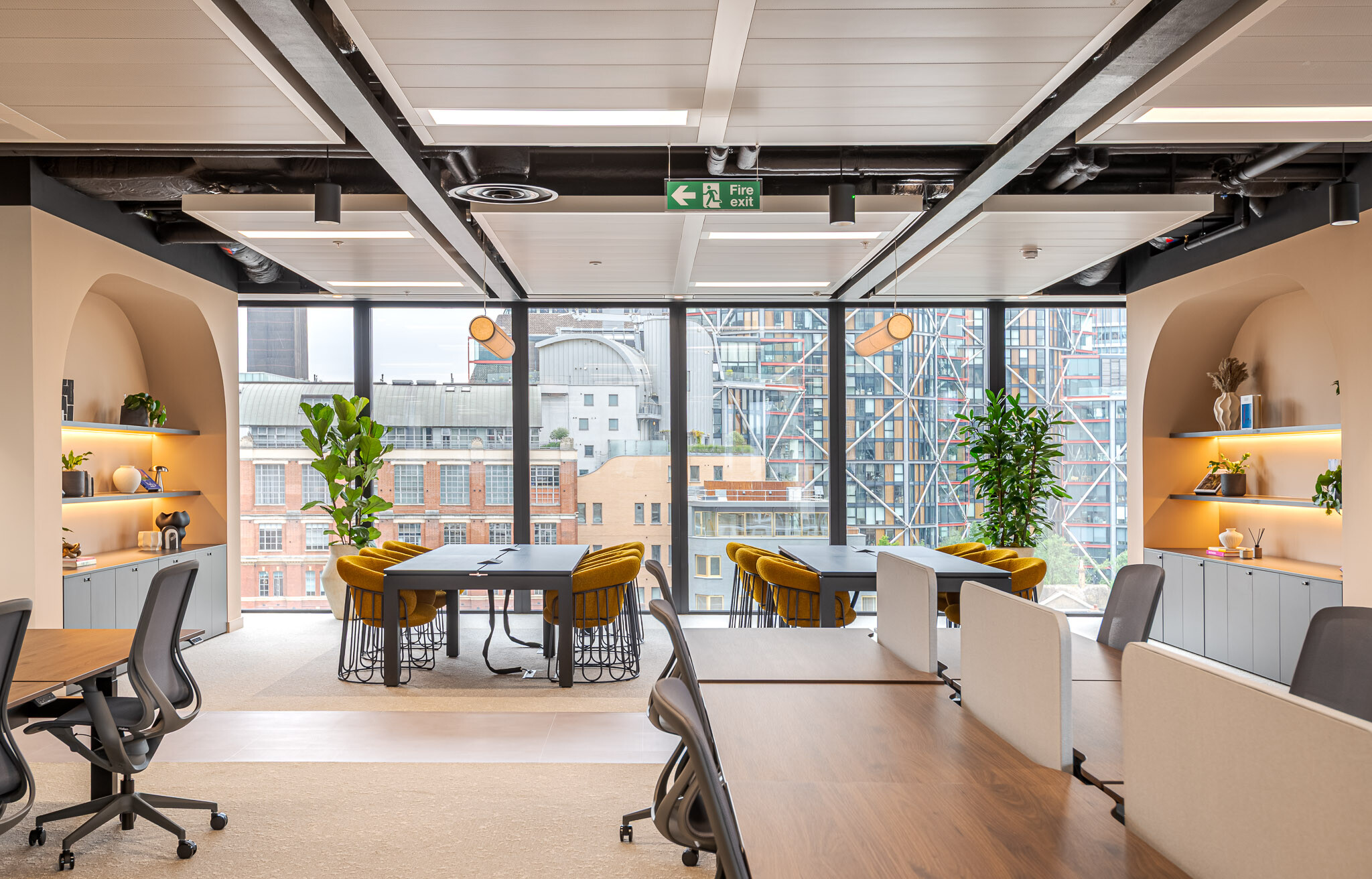
ESG, Circularity, and the Net Zero Trajectory
Landlords across the UK are under growing pressure to deliver tangible progress on environmental, social and governance (ESG) goals. This includes everything from improving EPC ratings and operational carbon performance to reducing fit out waste and supporting tenants’ own Scope 3 emissions reporting. Against this backdrop, the traditional cycle of repeated tenant-led Cat B fit outs is no longer viable. It is resource-intensive, high in embodied carbon, and produces significant landfill output with every lease event.
A Tenant-Ready™ approach enables landlords to take direct ownership of this issue. By delivering the fit out once and retaining responsibility for layout, material selection and furniture, landlords can:
- Specify low-VOC, recycled, or FSC-certified finishes
- Use modular and demountable partitioning to reduce waste at lease-end
- Choose energy-efficient lighting, HVAC zoning and smart metering
- Integrate circular economy principles from the outset
Moreover, by keeping fit out decisions in-house, landlords can control and report on embodied carbon metrics more consistently. This positions their buildings as lower-carbon leasing options for tenants, an increasingly important differentiator in a market where corporate occupiers are under scrutiny to reduce their real estate emissions.
With the UK’s legally binding commitment to achieve net zero carbon by 2050, and interim goals for operational performance already influencing leasing standards (e.g. NABERS, LETI, RICS guidance), landlords who embed these principles now will futureproof both their assets and their reputation.
A Scalable Model for National Portfolios
Tenant-Ready™ is particularly valuable for landlords managing property portfolio across multiple geographies. Standardising layouts, finishes and systems enables efficient procurement, simplified maintenance, and the development of scalable internal delivery processes. When executed well, this approach also supports property portfolio-wide brand development, allowing landlords to offer recognisable, consistent workspace products across towns, cities, or entire regions.
In a market increasingly shaped by customer experience, brand consistency can deliver material benefits. Landlords can:
- Name and market their fitted floors as a distinct product line
- Appeal to multi-site occupiers seeking similar workspace in different cities
- Streamline procurement and supply chains, improving margins and reducing project risk
- Control FF&E lifecycles, avoiding the piecemeal asset decay common in tenant-led fit outs
This approach is already being deployed by forward-thinking landlords and property funds, particularly those managing mid-tier assets in secondary markets where coworking is less viable or where tenant retention is prioritised over premium yield.
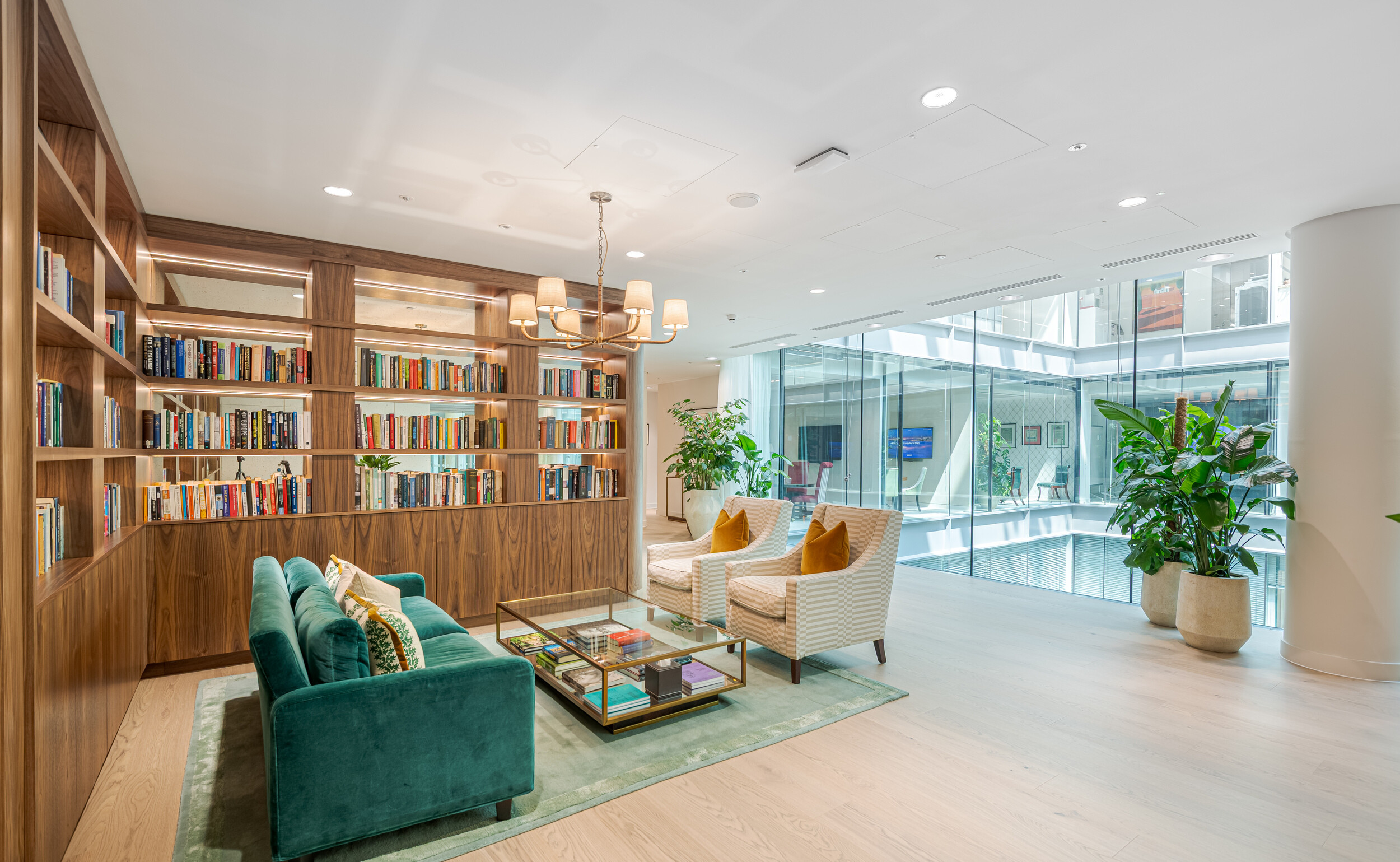
Operational Considerations and Asset Resilience
Adopting a Tenant-Ready™ strategy requires careful planning. While it solves many leasing challenges, it introduces new operational dynamics. Turnover may be higher, so re-letting procedures need to be efficient. Fit out standards must be reviewed regularly to remain aligned with design trends, health and wellbeing best practices, and tenant expectations.
Asset owners should consider:
- Pre-agreed refresh cycles and depreciation models for FF&E and finishes
- Dedicated re-let teams or managing agents to handle quick turnaround between tenants
- Flexible licence agreements or shorter leases for parts of the property portfolio to capture start-ups and growth-stage companies
- Data-driven monitoring of occupancy, maintenance issues, and energy performance
When well-managed, these operational investments are offset by lower vacancy risk, stronger ESG credentials, and improved Net Operating Income (NOI) consistency across the property portfolio.
Tenant-Ready™ spaces are not a temporary market reaction, they are a structural shift in how office assets are conceived, delivered and monetised. For landlords, they offer a proactive way to align with occupier needs, regulatory demands and investment goals, all while reducing risk and increasing agility. As the UK edges closer to its 2050 net zero commitment and businesses demand more from their space, those who adopt a Tenant-Ready™ property portfolio approach now will be better positioned to lead, regionally, nationally and sustainably.

